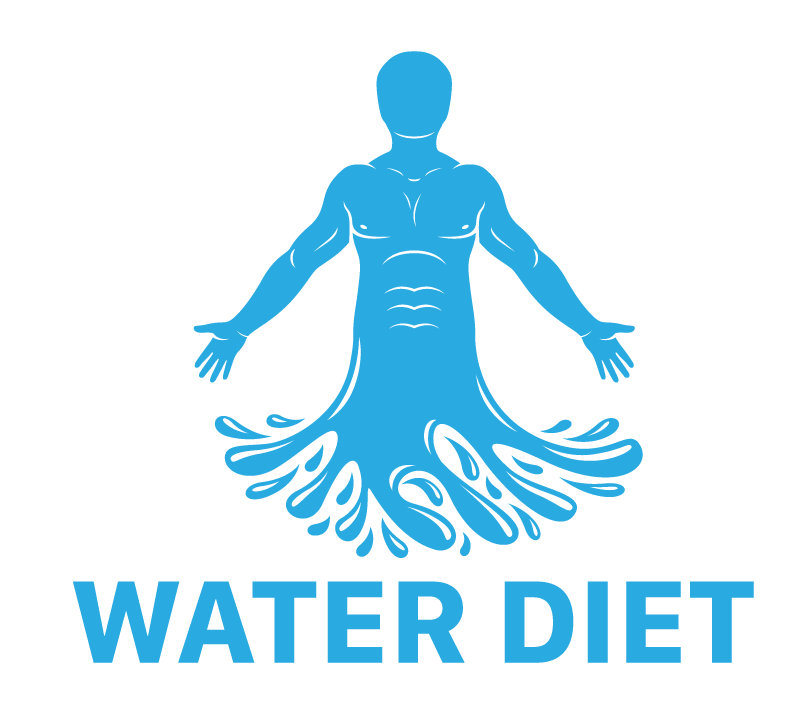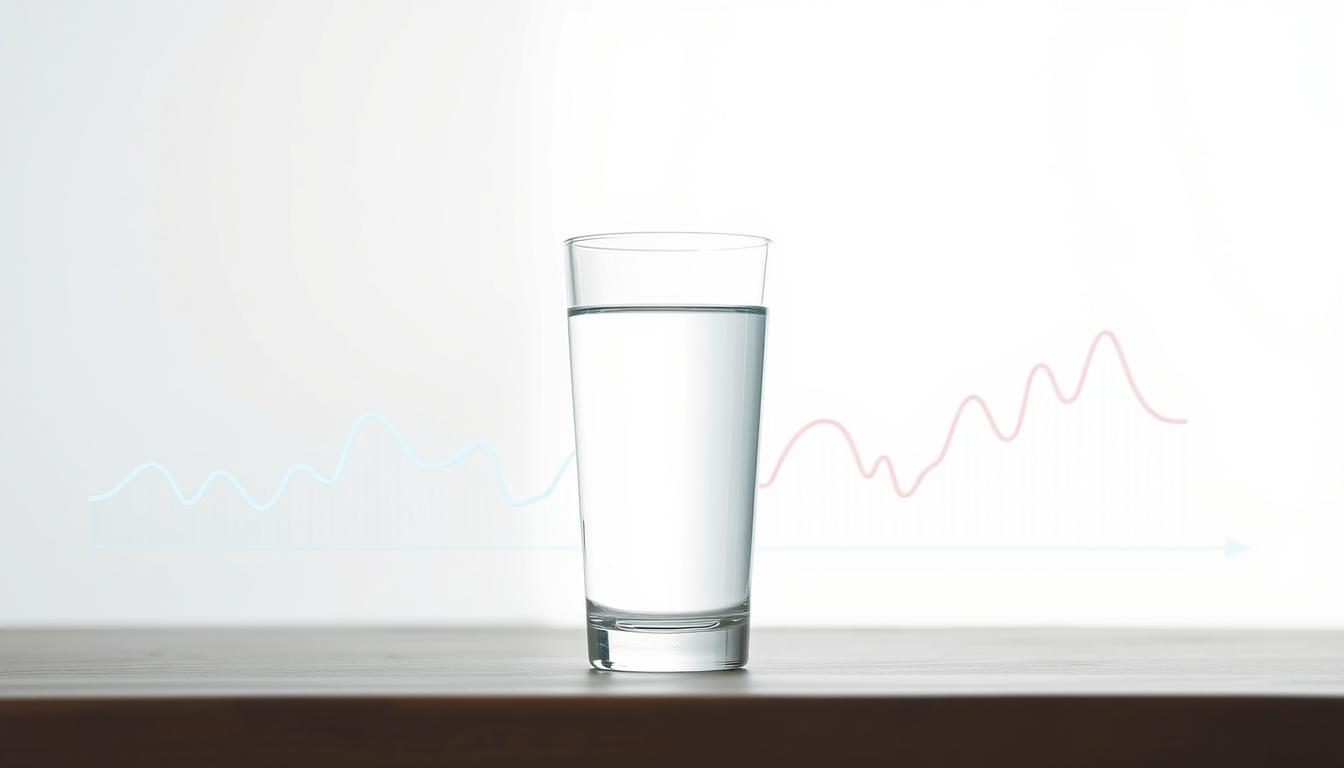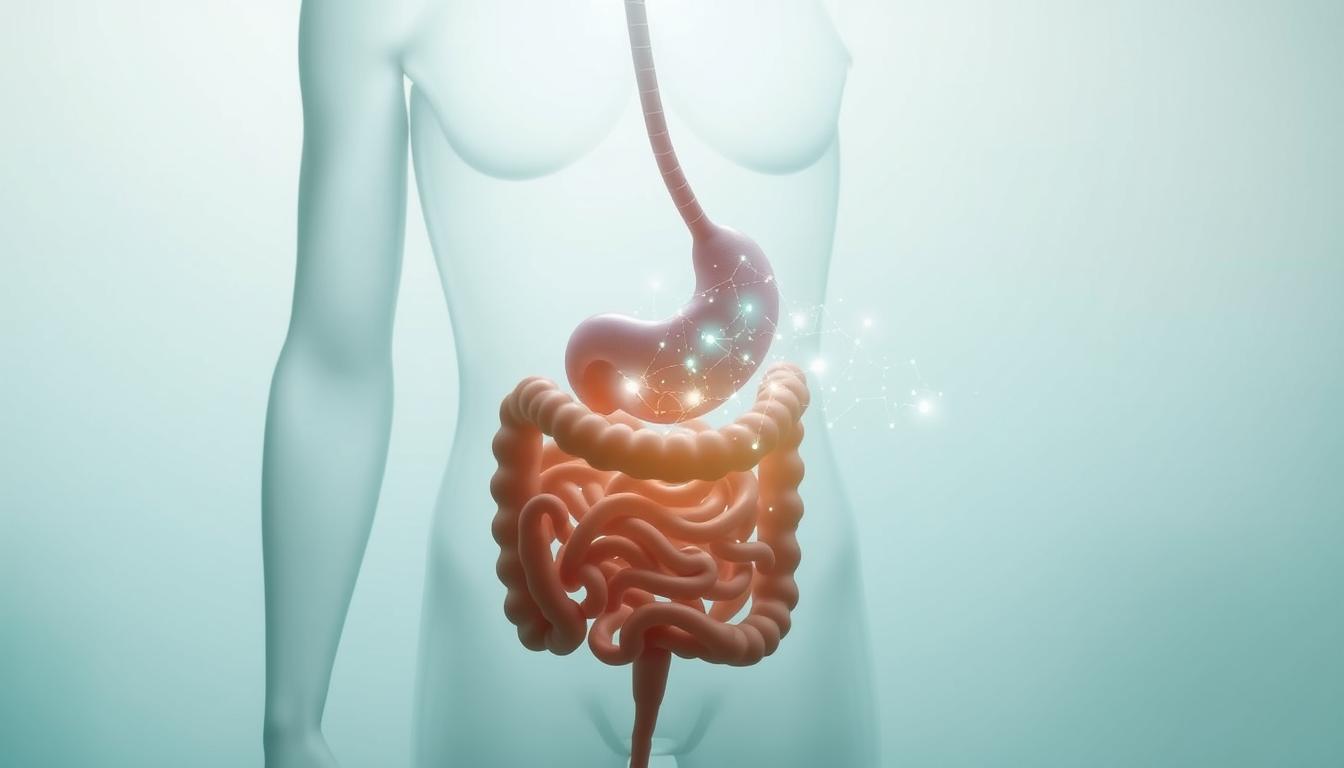For centuries, people have turned to fasting to improve health. Today, this practice—specifically abstaining from food while drinking only water—has gained attention for its potential effects on cardiovascular wellness. Studies suggest it may help lower blood pressure and improve cholesterol profiles, though experts like Dr. Dennis Bruemmer caution that results vary based on individual health and approach.
What makes water fasting unique is its dual role as an ancient ritual and a modern tool. While historically linked to spiritual or cultural traditions, it’s now studied for its ability to trigger metabolic shifts. These changes may support heart health by reducing strain on arteries and balancing lipid levels in the blood.
Dr. Bruemmer highlights that short-term fasting can reset the body’s response to insulin and inflammation. This reset might explain temporary drops in pressure readings and improved cholesterol markers. However, he stresses that unsupervised or prolonged fasting risks electrolyte imbalances and other complications.
In the following sections, I’ll explore how this practice influences vital health metrics, review clinical findings, and share practical tips for those considering it. Safety remains a priority, so I’ll also discuss how to monitor your body’s signals during a fast.
Key Takeaways
- Water fasting may temporarily reduce blood pressure and improve cholesterol levels.
- Experts link short-term fasting to metabolic changes that benefit heart health.
- Dr. Dennis Bruemmer emphasizes individualized approaches and medical guidance.
- Electrolyte balance is critical to avoid risks during fasting periods.
- Research on long-term effects remains limited, requiring cautious optimism.
Understanding Water Fasting and Its Health Impacts
While modern diets often focus on what to eat, water fasting shifts attention to what’s omitted. This practice involves consuming only water for set periods, ranging from 24 hours to several days. Unlike intermittent fasting—which allows limited eating windows—it eliminates all calories, triggering distinct biological responses.
Definition and Common Methods of Water Fasting
Water fasting means abstaining from food while staying hydrated. Protocols vary widely:
| Type | Duration | Intake | Purpose |
|---|---|---|---|
| Short-Term | 24-48 hours | Water only | Metabolic reset |
| Extended | 3-7 days | Water + electrolytes* | Deeper detox |
| Cyclical | Weekly cycles | Alternate fasting/feeding | Long-term health benefits |
*Medical supervision recommended beyond 72 hours to mitigate risk.
Historical and Cultural Perspectives on Fasting
Fasting appears in ancient Greek medicine and Buddhist traditions. Hippocrates prescribed it for healing, while Ramadan and Yom Kippur use it for spiritual growth. Modern research now explores its role in reducing disease markers.
Dr. Valter Longo’s studies suggest fasting may lower cholesterol and improve metabolic health. However, cultural practices rarely lasted more than a day—unlike today’s extended protocols. This contrast highlights the need for balanced approaches.
Physiological Effects of Water Fasting on the Body
When you stop eating, your body doesn’t shut down—it adapts. Within hours, it shifts from burning glucose to tapping stored fat, triggering a cascade of metabolic adjustments. These changes reveal how fasting influences energy systems and hormone production.
Metabolic and Hormonal Shifts
Research shows fasting boosts insulin sensitivity by up to 30% after just three days. This improvement helps cells absorb glucose efficiently, potentially lowering diabetes risk. One study found participants’ insulin levels dropped 50% during a 72-hour fast.
Human growth hormone (HGH) also surges—up to 5x baseline levels. This spike preserves muscle mass while accelerating fat breakdown. As Dr. Jason Fung notes:
“Fasting isn’t starvation. It’s metabolic flexibility training.”
Key changes include:
- Ketosis activation: After 12-24 hours, the body burns fat for fuel.
- Autophagy: Cellular cleanup processes peak around day three.
- Hormone rebalancing: Leptin and ghrelin levels stabilize, reducing hunger signals.
While short-term fasts show immediate benefits, studies suggest repeated cycles may enhance long-term metabolic health. However, results vary—individual factors like baseline weight and genetics play roles.
How Water Fasting Influences Blood Pressure
Balancing cardiovascular changes during fasting requires understanding both science and biology. Research reveals temporary drops in blood pressure as the body adjusts to reduced calorie intake. Let’s explore what studies and doctors say about this relationship.
Research Insights on Blood Pressure Reduction
A 2022 trial found participants’ systolic pressure dropped 7-10 mmHg after 36 fasting hours. Diastolic levels also decreased by 4-6 mmHg. These changes correlate with reduced sodium consumption and lower insulin resistance.
Dr. Dennis Bruemmer explains:
“Fasting triggers vasodilation—widening arteries to ease heart workload. But these effects often reverse once eating resumes.”
Medical Perspectives and Expert Opinions
While short-term results look promising, experts warn about risks. Electrolyte imbalances from prolonged water fasting can disrupt heart rhythms. Dr. Bruemmer emphasizes monitoring potassium and magnesium intake during extended protocols.
Key factors influencing outcomes:
- Baseline lipid profiles before fasting
- Hydration quality (mineral-rich vs distilled water)
- Individual stress responses
Clinical data suggests combining fasting with blood pressure tracking devices minimizes risks. Always consult healthcare providers when planning regimens lasting over 48 hours.
Water Fasting and Cholesterol Levels: What Research Shows
Cholesterol levels tell a dynamic story during fasting periods. The FEELGOOD Trial revealed surprising shifts in lipid profiles after just 24 hours without food. Participants showed immediate changes in LDL and HDL—key markers often linked to heart health risks.

Scientific Findings on LDL, HDL, and Triglycerides
A study observed LDL (“bad” cholesterol) spiking 12% during fasting, then dropping 15% below baseline within 48 hours of eating again. HDL (“good” cholesterol) rose steadily by 8% during the same period. Triglycerides—fatty particles in blood—plummeted 30% after day one.
Comparative Analysis: Pre-Fast Versus Post-Fast Results
Pre-fast lipid panels differed sharply from post-fast readings. While initial LDL increases concerned researchers, the subsequent drop suggested a cleansing effect. Dr. Horne’s work shows these fluctuations may help reset the body’s lipid management systems over time.
Potential Mechanisms Behind Cholesterol Changes
Lipolysis—the breakdown of fat stores—ramps up during fasting. This process floods the bloodstream with fatty acids, temporarily elevating LDL. However, sustained weight loss from repeated fasting cycles appears to improve long-term cholesterol balance.
Intermittent fasting schedules show similar patterns but milder effects. Unlike extended water fasts, these protocols allow limited food intake, which may slow lipid mobilization. Choosing the right approach depends on individual health goals and medical history.
Impact of Water Fasting on Blood Pressure and Cholesterol Levels
Combining insights from clinical trials and experts reveals a pattern: temporary food restriction creates measurable shifts in cardiovascular markers. Dr. Dennis Bruemmer notes that insulin sensitivity improvements during fasting help stabilize blood sugar and reduce strain on arteries. This metabolic reset often leads to gradual weight loss, which indirectly supports healthier cholesterol levels.
Research highlights three key connections between fasting and heart disease risk reduction:
- Triglyceride drops of 20-30% within 48 hours
- Increased HDL (“good” cholesterol) production
- Reduced arterial inflammation linked to insulin resistance
A recent analysis found participants who fasted intermittently for six months showed 12% lower LDL levels compared to non-fasters. However, these benefits depend on maintaining balanced electrolyte levels and avoiding extreme durations.
Dr. Bruemmer cautions:
“The body responds well to brief fasts, but prolonged calorie restriction can backfire—especially for those with existing health conditions.”
While fasting shows promise for improving lipid profiles and blood pressure, individual results vary. Those considering this approach should prioritize medical guidance and view it as one tool among many for long-term heart disease prevention.
Managing Risks: Considerations and Safety Tips
Safety should anchor any fasting plan, especially when abstaining from all food. While some experience benefits, others face serious risks if unprepared. I’ve seen cases where improper approaches led to avoidable complications—underscoring the need for personalized strategies.

Who Needs Extra Caution?
Not everyone thrives during water fasting. Certain groups face heightened dangers:
| Population Group | Primary Risk | Recommendation |
|---|---|---|
| Pregnant Women | Nutrient demands | Avoid fasting |
| Type 1 Diabetics | Hypoglycemia | Medical supervision only |
| Liver Disease Patients | Toxin release | Contraindicated |
| Children/Teens | Growth disruption | Not advised |
Balancing Essential Minerals
Electrolyte crashes can sneak up quickly. Dr. Dennis Bruemmer warns:
“Sodium and potassium dips cause more ER visits than hunger during fasts. Supplement smartly.”
Practical safeguards include:
- Adding pinch of sea salt to water twice daily
- Monitoring for muscle cramps or irregular heartbeat
- Ending fasts if dizziness persists
Those with kidney issues or heart conditions require tailored plans. I always advise people to get baseline bloodwork before extended fasts—especially checking liver enzymes and electrolyte levels. Your safety net? A healthcare provider who understands fasting’s nuances.
Practical Advice for Integrating Fasting into a Healthy Lifestyle
Balancing fasting with daily routines requires strategy. I’ve found that aligning food-free periods with lighter workdays minimizes stress and improves adherence. Think of fasting as a rhythm, not a restriction—sync it with your natural energy cycles.
Planning Your Fast with Adequate Nutrition
Pre-fast meals set the stage for success. Focus on fiber-rich vegetables and lean proteins to stabilize blood sugar. Avoid processed snacks, which spike triglycerides and leave you craving more.
Post-fast nutrition matters just as much. Gradually reintroduce foods over 24 hours:
- Start with bone broth or steamed greens
- Add avocado or nuts for healthy fats
- Incorporate complex carbs like quinoa after 6-8 hours
This phased approach prevents metabolic shock. I recommend tracking LDL and triglyceride levels through lab tests before and after fasting cycles. One client saw a 22% drop in triglycerides after three months of weekly 36-hour fasts paired with a Mediterranean-style diet.
For busy schedules, try these time-saving tips:
| Challenge | Solution |
|---|---|
| Social events | Schedule fasts mid-week |
| Energy dips | Hydrate with electrolyte-enhanced water |
| Meal prep time | Batch-cook post-fast meals in advance |
Regularly review how your body responds. Apps like MyFitnessPal help monitor calorie intake during feeding windows. Remember—fasting amplifies your current diet’s effects. Pair it with nutrient-dense foods for lasting cardiovascular benefits.
Conclusion
Exploring fasting’s effects reveals short-term cardiovascular shifts with long-term caveats. Studies show temporary drops in blood pressure and improved cholesterol results, particularly when fasting periods align with medical guidance. However, these benefits often depend on individual factors like baseline health and nutrient intake during feeding windows.
Women, especially those pregnant or managing hormonal imbalances, should approach fasting cautiously. Research notes fasting can disrupt sugar regulation in some individuals, though others experience stabilized glucose levels. Always consult a healthcare provider to assess risks tied to extended periods without food.
While fasting may offer metabolic resets, balance remains critical. Pairing timed fasts with mineral-rich hydration and protein-focused meals helps maintain energy and heart health. From my experience, those who track their results and adjust protocols see better long-term outcomes.
Ultimately, fasting isn’t a universal solution. Its impact varies widely—some thrive, while others face fatigue or nutrient gaps. Prioritize personalized plans and professional advice to navigate this practice safely.




